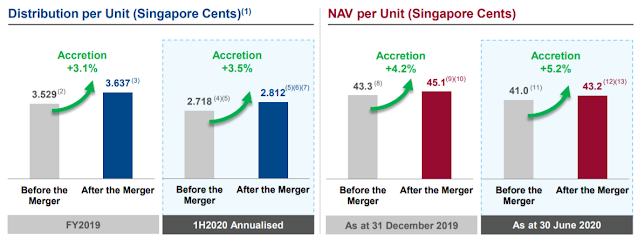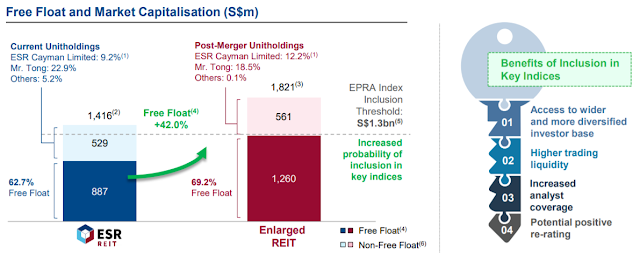In the past week or so we have had companies coming out to give profit guidance. A profit guidance is issued when a company feels that the market expectations of its financials are significantly over or understated and needs analysts to realign their forecasts. This article will focus on the 3 travel-related companies that had such announcements.
Ascott REIT
Ascott issued a profit warning at the start of the week citing that income available for distribution for 1H2020 could decline by 55-65% yoy while DPU would decline 65-75% yoy. The larger decline in DPU was probably due to the divestment gains from Ascott Raffles Place in 1H2019. Declines are attributed to the Covid-19 pandemic which have led to a 44% yoy decline in international tourist arrivals according to the World Tourism Organization from Jan-Apr2020. On a full-year basis, the decline is expected to be 58-78% yoy .
Ascott REIT continues to earn income from its master leases and long stay clients whose demand is less affected by the pandemic. Additionally, as mentioned in an earlier post, the gradual opening of certain countries' domestic tourism could be a slight boost to occupancy as the REIT is geographically diverse and present in countries with some sort of domestic tourism (vis-a-vis Singapore).
ARAUSHT
On 17 Jul 20, ARAUSHT announced that the pandemic had resulted in a significant decline in gross revenues such that it expects to report a net property loss and no distributable income for 1H2020. This is probably the first time we see a REIT or BT having no distributable income! ARAUSHT is a high-beta play on the US hospitality industry as it does not have a master lease structure and net property income fully depends on hotel demand.
When it was listed together with Eagle Hospitality Trust in 2019, ARAUSHT was seen as a safer play due to the sponsor's brand name and presence of more cornerstone investors. However, in a situation like this, I feel that Eagle's structure would have provided more comfort to investors as they had master lease income (notwithstanding the sponsor's default).
SIAEC
SIAEC announced 1Q21 business updates and mentioned that flights handled in the quarter was ~13% of pre-Covid levels. On the costs side, the impact was partially offset by the Job Support Scheme given by the Singapore government; management and BOD had also taken pay cuts. Revenue was down 54% as flights handled declined 87% yoy and SIAEC reported an operating loss of $8.6m vs $17.7m profit in 1Q20. Without the JSS, its loss would have been $36.7m. Management also mentioned that the pick up in June was not material and outlook for the MRO business will be challenging.
Thoughts
Looking ahead to the other hospitality REITs, we are likely to see similar trends where REITs with master leases experience a smaller decline in income while those like ARAUSHT can see their distributable income wiped out (or close to being wiped out). I continue to believe that players with overseas exposure will be more cushioned against the revenue declines (ceteris paribus) as larger countries do have substantial domestic travel demand.
Flights handled is also a good forward indicator of hospitality revenues as Singapore's hospitality receipts are almost entirely dependent on foreign tourists. A side revenue that could gradually taper off is the use of hotels for 'Stay home notice' and 'Quarantine' of travellers that recently entered Singapore. The hope now is that this quarter would represent an earnings trough as it covered the periods worst hit from Apr-Jun. Looking forward to see what results are like in the coming weeks!






